Quick Summary:
DevOps vs Agile is one of the hottest debates in IT and software development. Both Agile and DevOps are revolutionary business methodologies that are successors to the Waterfall Methodology and other traditional business development methodologies. This blog will decode the similarities and differences between Agile and DevOps methodologies.
Software development has had three important milestones so far. First, the Waterfall Methodology was introduced in the 1970s, focusing on the time needed to release a product. However, the waterfall method did not support making changes and was not very adaptive in its approach. This called for a more adaptive and flexible model and thus came in Agile Methodology in the 2000s as the second milestone. Agile Methodology focuses more on the software development life cycle (SDLC) and on responding to changes instead of following a strict development process irrespective of the changes in the surroundings.
Next, we moved from Agile to DevOps, the third and latest milestone (2009) in software development that focuses on uniting and breaking the walls between development and operations to work as a single team. This approach increases productivity, promotes collaborative team effort, and delivers better products.
Agile vs DevOps Statistics – Adoption, Popularity, and Other Stats
Agile and DevOps are newer concepts that have already seen wide adoption across various businesses in different verticals across different countries. Here are some of the key DevOps Stats & Agile Stats indicating the popularity and demand for these development models

What is Agile Development?
Agile is an iterative approach to project management and software development that is a collection of frameworks and best practices based on various values and principles mentioned in the Manifesto for Agile Software Development. The centre focus of Agile methodology is based on creating a working prototype with enough flexibility to be adjustable with the realities of changing needs and requirements. The main purpose of Agile Development is bridging the gap between the dedicated software development team and the end-user of the software. More importance is given to the stakeholders’ needs than following a rigid plan.
Agile’s success is credited to its approach of delivering work in small, manageable and consumable increments instead of having one huge chunk of product release. Breaking down the project into smaller ‘sprints‘ makes it easier for developers to constantly evaluate requirements, plans, and outcomes, allowing better mobility for quickly responding to changes. Identifying and rectifying errors during the development phase is much easier and economical than creating the entire software, only to realize there was an error in the early stages and rectifying the domino effect of that error.
Agile Core Values
As we mentioned earlier, Agile practices are based on the Agile Manifesto, a set of 12 principles that lay the foundation and values of ‘working agile’. Four core values form the pillars of Agile Software Development.
- Individuals and Interactions over Processors and Tools
- Working Software over Comprehensive Documentation
- Customer Collaboration over Contract Negotiation
- Responding to Change over Following a Plan

Types of Agile Methodology
There are many subconcepts and most practised global project management theories based on the principles laid down in the Agile Manifesto. Here are the most prominent and important ones that you should know
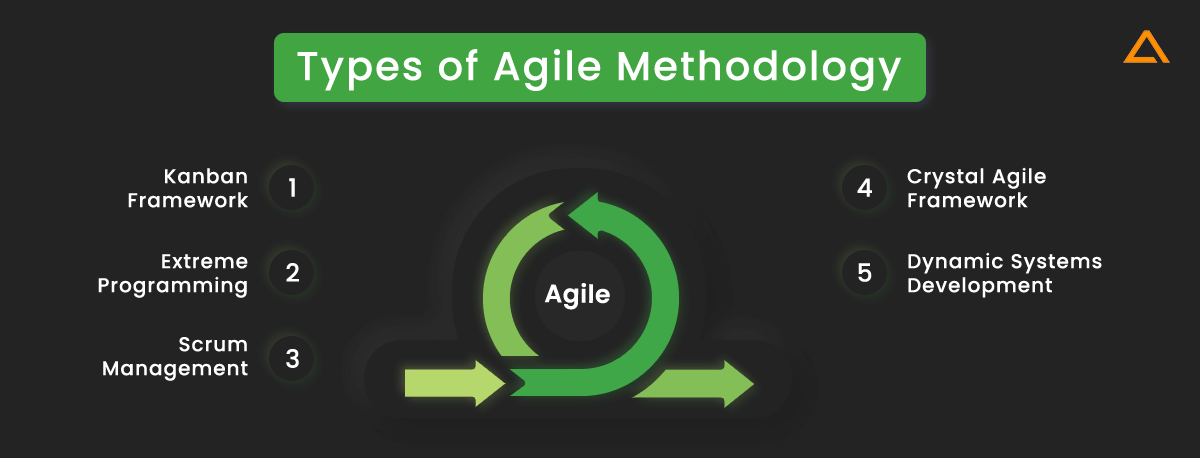
1. Kanban – Simplest Agile Framework
Kanban is a Japanese workflow management method used for defining, managing and improving services that deliver knowledge work. The word Kanban in Japanese loosely translates to ‘card you can see. This sits well with the approach Kanban is globally known for, i.e. the visual system used to manage and keep track of work as it moves through different phases of development. The concept has been in use since the early 1940s, with Toyota being its originator for optimizing its production line. It was a lean manufacturing system earlier and slowly started getting used in agile development teams.
Main Features of Efficient Kanban Teams
- Workflow Transparency
- Increased Customer Satisfaction
- No Prescribed Roles
- Team Morale Improvement
- Increased Collaboration
- Smoother Workflow
- Improved Inventory Management
- Better Quality Control
Top Kanban Apps for Improving Business Productivity

2. Extreme Programming (XP) – Most Specific Agile Development Framework
Extreme Programming is an Agile methodology that focuses on teamwork, effective communication and proper feedback. It emphasizes constant development and customer satisfaction. It breaks down the development process into smaller sprints or short development cycles.
This Agile approach is best suited for constant and changing customer demands. It gives developers more power to keep up with customers’ dynamic demands. The main objective of XP programming is to help small and medium-sized teams to develop high-quality software and adapt to constantly evolving and changing requirements. Extreme Programming is different from other Agile methodologies as it focuses more on the technical aspect of software development.
Main Features of Extreme Programming
- Fast MVP Delivery
- Less Documentation
- Team Collaboration
- Customer Satisfaction
- Clear Coding
- Stable System
3. Scrum Management – Most Integrated Agile Methodology
Scrum is one of the most popular Agile methodologies, where a small team is led by a Scrum Master, whose main task is to remove any challenges that arise while fulfilling the project. It is used for managing projects, allowing rapid development and testing, used mainly by small teams. It helps prioritize work that needs immediate attention and breaks it down into smaller, manageable chunks. Scrum focuses on effective collaboration and communication between people who are doing the work and people who need the work done.
Main Features of Scrum Management
- Better Visibility
- High Transparency
- Early Identification & Resolution of Issues
- High Quality
Top Companies using Scrum Management

4. Crystal – Most Lightweight Agile Framework
Crystal is one of the most lightweight or Agile methodologies, focusing on improvising individuals and interactions. This method uses colour-coding tasks to signify the risk to human life. It is generally used for limited duration projects by a development team working from a single workplace.
Crystal methodology is divided into further crystal families, which bifurcates the project based on the number of people involved and the criticality assigned to the project. Here are the various Crystal family members as per project size and criticality –
| Crystal Methodology | Team Strength | Description |
| Crystal Clear | Up to 6 people | Suitable for short term projects with members working from a single workplace. |
| Crystal Yellow | 7-20 people | Feedback is taken from real users. Involves automated testing, which reduces the time needed to resolve bugs. |
| Crystal Orange | 21-40 people | The team is split according to their skills, the project lasts for 1-2 years, and the release is needed every 3-4 months. |
| Crystal Orange Web | 21-40 | A continually evolving code base that gets used by the public. Deals with various initiatives that require programming. |
| Crystal Red | 40-80 people | Teams are divided and formed to match the requirements. |
| Crystal Maroon | 80-200 people | Different methods are used to better adjust to the varying software requirement. |
| Crystal Diamond and Sapphire | N/A | Used in large projects which possess a potential risk to human life. |
5. DSDM – Dynamic Systems Development Method (DSDM)
DSDM is an Agile method that focuses on the full project lifecycle. This concept came about in 1994 to overcome the limitations and challenges project managers using RAD (Rapid Application Development) were facing, to add more governance and discipline to this new iterative way of working.
Main Features of DSDM
- Incremental and iterative approach to progress
- Relies on strict quality, cost and time constraints
- Prioritizes scope as per ‘Must Have, Should Have, Could Have or Won’t Have
- Reliance on a solid foundation and governance
What is DevOps?
DevOps is a set of best practices, tools and cultural philosophy that automates and integrates the processes between ‘Development (Dev) and ‘Operations’ (Ops) teams. It encourages and promotes team empowerment, cross-team communication, collaborative effort, and technology automation. DevOps operations began around 2007. It was a time when IT operations and software development communities were realizing the limitations and shortcomings of traditional software development methods. The traditional model had distinctly assigned roles and no intra-communication between the developer and operations team. DevOps came into the picture to break these boundaries and integrate these disciplines into one continuous process.
This unified approach enables developers to evolve and improve products at a much faster rate. In turn, they better serve their customers, giving them an edge over competitors who are still using traditional software development processes. In an environment, the professional DevOps engineers work on the entire software lifecycle from development, test to deployment and operations. Most DevOps models also ensure QA and security teams are tightly integrated with the development and operations teams throughout the project lifecycle. Generally, when security is considered in a DevOps project, it is also known as DevSecOps. Unlike Agile development, DevOps also leverages technology stack and tools to operate and evolve applications faster and more reliable.
DevOps Core Values
DevOps is a broad concept that can be used in multiple ways based on how it is implemented. There are no concrete values that apply to all DevOps implementations. However, some core values of DevOps apply to all DevOps operations, regardless of the implementation or approach
- Collaboration and Communication
- Transparency, innovation, freedom
- CALMS Network (Culture, Automation, Lean, Measurement, Sharing)

DevOps vs Agile Comparison
| Key Differentiator | DevOps | Agile |
| Philosophy | Blurring the lines between the development and operations team to improve collaboration and overall productivity. | Breaking down projects into small manageable chunks for continuous project delivery through iterative development and testing. |
| Use | To improvise end-to-end engineering processes. | To enable any department to better tackle a complex project. |
| Focus | Merging development and operations team to ensure continual testing through the development phases. | More about creating an environment that can handle last-minute changes in project scope and adapt accordingly. |
| Team | Many skilled individuals from different disciplines work under the same team. | Lesser in number, collaborative work nature, people of similar skills. |
| Documentation | Enough documentation for ensuring smooth collaboration between teams. Priority is given to communication over documentation. | Light documentation for allowing more flexibility in the development process. |
| Delivery | Continuous delivery daily | Incremental deployment is divided into sprints (weekly or bi-weekly) |
| Tools | TeamCity, OpenStack, Docker, Kubernetes, GitLab | Slack, Trello, JIRA, Kanboard |
| Feedback | Promotes an internal feedback loop among teammates for improving delivery. | Prioritizes customer feedback so changes can be made accordingly. |
DevOps methodology vs Agile is a matter of preference and depends on the company requirements. It is also possible for DevOps and Agile practices to be implemented simultaneously for different needs. Their end goal is the same – software development and project management; however, their approach differs significantly, involves different groups and departments, and has different values and principles.
Integrating DevOps is like bringing the culture of collaboration amongst all the participants that contribute to the development and maintenance of software. Agile is a development model that focuses on maintaining productivity and driving releases while accepting and adjusting to making changes in the process. Many individuals often wrongly assume that DevOps replaces Agile in modern enterprises. It is still fruitful and important to know the advantages of DevOps over Agile and vice versa. Let us understand the difference between Agile and DevOps methodologies

1. Agile vs DevOps Teams Comparison
One of the DevOps and Agile differences can be how their teams are structured.
So far, we already know DevOps is blurring the lines between two large, traditionally separate teams – Development and Operations for enabling faster delivery, better collaboration and communication, resulting in smoother and stable software releases. Tasks are divided between developers and operations as per their field of expertise. A limitation to this can be that each individual can only fill their shoes and not take over anyone else’s work if need be or such a situation arises.
DevOps Teams helps
- Improve inter-department collaboration
- Reduce friction and complications between the development and operations team
In contrast, the Agile approach aims to bring smaller teams with similar skill sets together to collaborate and address the ever-changing consumer expectations. They don’t allocate specific tasks to individuals but encourage them to equally share the tasks and duties. Hence, individuals in an Agile team can handle any aspect of the project at any time. However, the teams are isolated, so there’s no benefit of cross-functionality within the business.
Agile Teams helps –
- Bring like-minded enablers together for faster adaption to changing customer needs
- Makes each member equally responsible and skilled by not having dedicated or fixed roles
2. Agile Development Vs DevOps Strategies and Approach
DevOps vs Agile methodology differs significantly in the strategies and processes followed. DevOps centres its operations and functions around automation for boosting productivity and maximizing efficiency. Agile development may or may not use automation to improvise the output, but automation isn’t the central objective.
Moreover, Agile uses sprints for Agile projects. Sprints are essential tasks broken down into shorter, manageable, and repetitive phrases that last between a week and four weeks. Each sprint has certain assigned duties that are completed, and the next sprint starts as soon as the previous one gets completed.
Opposed to this, DevOps provides continuous delivery with pre-determined deadlines to hit and certain milestones to realize. The nature and time duration for these benchmarks are way shorter than Agile development; sometimes, it can be daily or every few hours.
3. Agile Methodology Vs DevOps Team Communication & Importance given to Documentation
Due to the different approaches and differences in how the team operates in Agile and DevOps, there is a vast difference in team communication in both these models. Agile teams generally meet up daily, while DevOps doesn’t have a meeting rule.
Agile development believes in lighter documentation of tracking progress, targets, and updates. The entire approach has many flexible joints where the scope and requirements keep changing as per clients’ requirements. As opposed to this, DevOps requires full and proper documentation. There are huge teams and many tasks to be carried out for which proper communication and record of activities are needed.
4. DevOps vs Agile difference in Speed of Development
DevOps focuses more on providing stable, secure and holistic software deployment services by choosing the most reliable and safest route. It doesn’t take speedy or rapid development as its priority. Opposed to this, the Agile development model, as the name suggests, focuses on providing quick solutions to the changes suggested or requested by the users. The working culture of Agile development encourages all employees to carry out all tasks whenever needed. Hence, such agile behaviour can be very fruitful in increasing the overall development speed.
5. DevOps and Agile Principles
Both DevOps and Agile Methodologies follow certain principles to form the basis of their approach and define their core values. The efforts of the DevOps team is to get a closer understanding of the users’ requirements and wants. The main agenda for using DevOps instead of the traditional software development model is to deliver apps and services faster while maintaining high product quality standards.
DevOps Principles

1. Collaboration:
One of the fundamental principles of DevOps is a collaborative effort between different teams of an organization. Development and operations teams merge into one functional and practical large team that communicates, provides feedback and collectively work through the entire software development lifecycle. Hence members of DevOps teams need to ensure quality consistency across all phases of product development. Each team would own a certain feature of the project from the beginning to the final deployment of the overall product.
2. Continuous Improvement:
Continuous improvement is a foundational Agile practice. Continuous improvement focuses on minimizing waste, optimizing speed, reducing costs, and experimenting with different methods and processes to achieve these goals. Continuous improvement is also closely related to continuous delivery, which encourages the DevOps team to push updates to improve the efficiency of their software constantly.
3. Automation:
Automation is a core DevOps principle. It aims at automating the software development lifecycle as much as possible. Doing so gives developers more time to write code and develop new features. Automation also is an essential part of an efficient CI/CD pipeline that helps reduce human errors, thereby increasing overall project’s efficiency and teams’ productivity. This also helps teams respond quickly to any last-minute changes.
4. Customer-Centric Action:
DevOps teams are used to working with short feedback loops, constantly delivering updates every few hours or days. DevOps operators know how to instantly collect and respond to any feedback and suggestions with the help of real-time live monitoring and rapid deployment. DevOps teams get insight into how to live users interact with a software system and use that insight to develop further improvements.
5. Create with the end in mind:
This DevOps principle involves understanding customer needs for creating products and solutions to solve real problems. DevOps teams focus on getting an in-detailed understanding of the product instead of leaving things to assumptions.
12 Agile Principles based on the Agile Manifesto

DevOps vs Agile Development Top Features
Here are some of the top features and services you get from DevOps and Agile –
| DevOps | Agile |
| Broader Scope with a wider reach | Incremental and Iterative development process |
| Inter-department collaboration | Workflow productivity tools |
| Automation to drive efficiency | Addresses the needs of customers |
DevOps vs Agile Tools
Tools help bring the most out of DevOps and Agile principles and best practices, allowing developers to automate or ease the implementation of such project management models into a business’ existing solutions. Here is a list of some of the most popular DevOps tools and Agile Development Tools
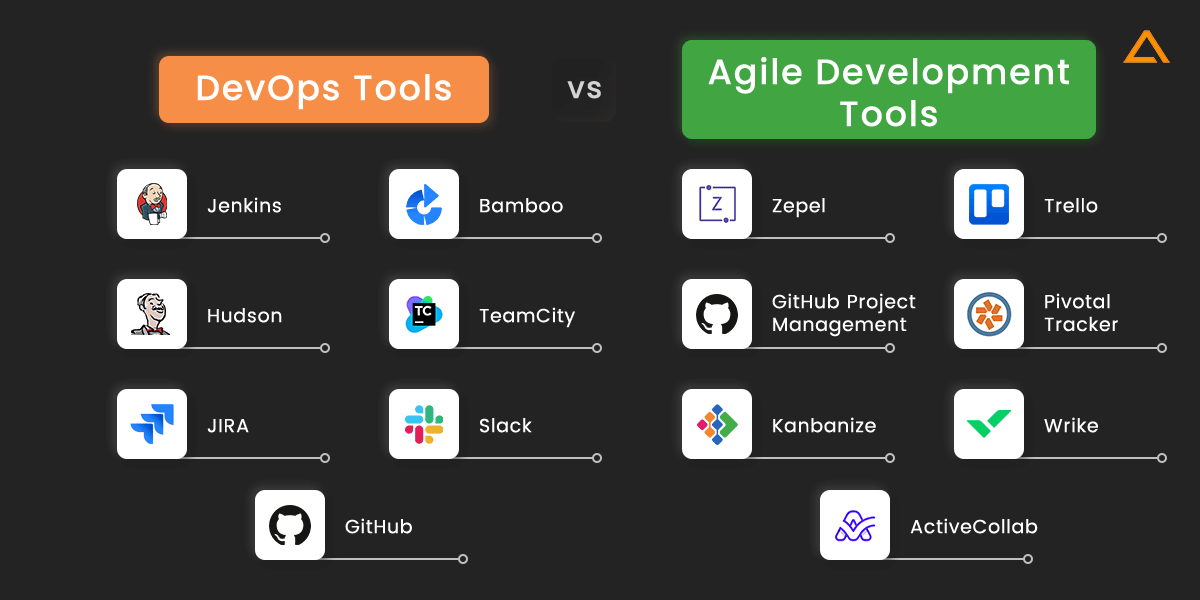
Also Check – Most popular DevOps Tools to use in 2024
Using Agile and DevOps together
DevOps has evolved from Agile practices. It can be seen as the one last missing puzzle piece to Agile development. If you think about it, DevOps is a collection of Agile practices and principles and applying them in the operations processes. Agile and DevOps can work in sync as they complement each other. DevOps aims to establish a fully automated continuous integration and deployment pipeline while Agile enables the ability to adapt to changing requirements rapidly.
What is the outcome of using Agile and DevOps together?
- Better and improved collaboration
- More value with lesser risks in every release
- Increased visibility
- Fewer bugs and faster fixes
- Streamlines the release processes while optimizing product offerings
- Increased user satisfaction
Key Considerations when integrating DevOps with Agile Model
Integrating Agile with DevOps can be challenging and confusing for someone who hasn’t had previous experience doing so. There are certain common pitfalls that companies often fall victim to. Here are some of the best practices and considerations to ensure a seamless integration procedure between DevOps and Agile methodologies for your business
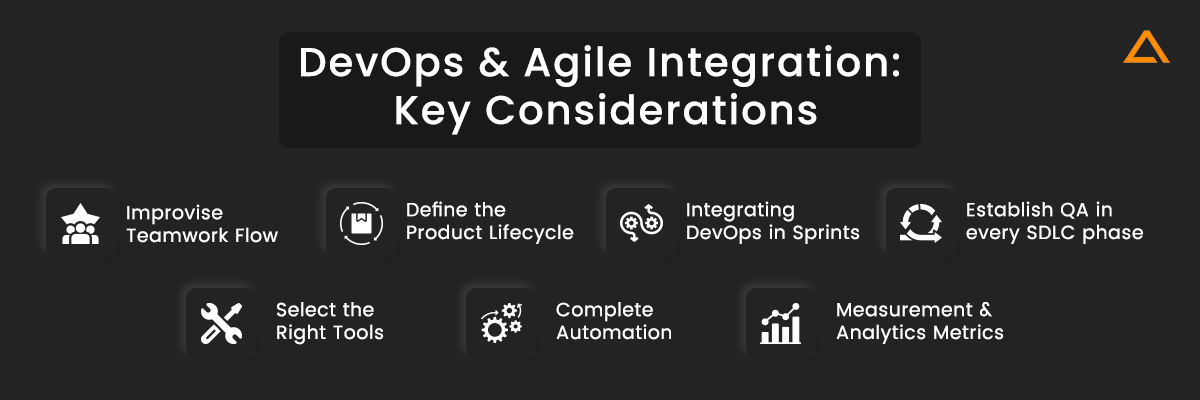
Improvise Teamwork Flow
Now that you have access to both models, you need to pick the best of both worlds to ensure you have the best result. An ideal way to go about it is to have DevOps business values and Agile’s practicality.
Make sure that team members like product owners, scrum masters, programmers, project managers, and others limit their services to software development and take on maintenance and delivery roles. Your team should be equipped with all essential software development and deployment aspects.
Define the Product Lifecycle
Now that you are integrating DevOps best practices with Agile best practices in defining the product lifecycle, your teams should focus more on the operations concern during each phase of the product lifecycle. Hence, DevOps should be integrated from the beginning of your Agile development process.
Integrating DevOps in Sprints
Agile workflow functions by breaking software development processes into smaller chunks, often known as sprints. When combining DevOps and Agile best practices, you should integrate DevOps personnel and practices in sprint management.
Integrate DevOps in your Sprints by:
- Inviting DevOps personnel to Sprint planning sessions
- Make them a part of the discussion about product functionality and operability features
- Include them in the next upcoming sprint
- Make them an integral part of sprint backlog planning and encourage them to participate in daily meetings
Establish QA in every SDLC phase
Quality assurance should be an integral part of the entire DevOps and Agile led development lifecycle. Conduct functional testing for Agile and DevOps and performance and load testing of the software for better assessing the DevOps efficiency. Make testing a regular part of the development process to ensure the efficiency and accuracy of the software.
Select the right tools
Selecting and using the best tools is instrumental in efficiently establishing Agile and DevOps adoption in your project management solution. Selecting the right tools is of utmost importance to ensure seamless processes and help developers deploy the software on various platforms without any reworking efforts.
Complete Automation
Automation is an essential aspect of combining Agile and DevOps in your software development process. You should prioritize automating all code-scanning processes for avoiding any vulnerabilities.
Measurement and Analytics Metrics
Track the effectiveness of your Agile and DevOps collaboration efforts based on these metrics
- Percentage of release date adherences
- Release numbers percentage increase
- Time is taken for production release
- NFR percentages count
Wrapping It Up
Here is an ultimate go-to guide for understanding the differences between Agile and DevOps methodologies. It also helps you understand how DevOps is different from Agile and how it also shares some similarities. The key takeaway from this comparison between DevOps and Agile is that they are not mutually exclusive and can be used together for establishing an efficient software development lifecycle and other uses.
have a unique app Idea?
Hire Certified Developers To Build Robust Feature, Rich App And Websites
Also Check:
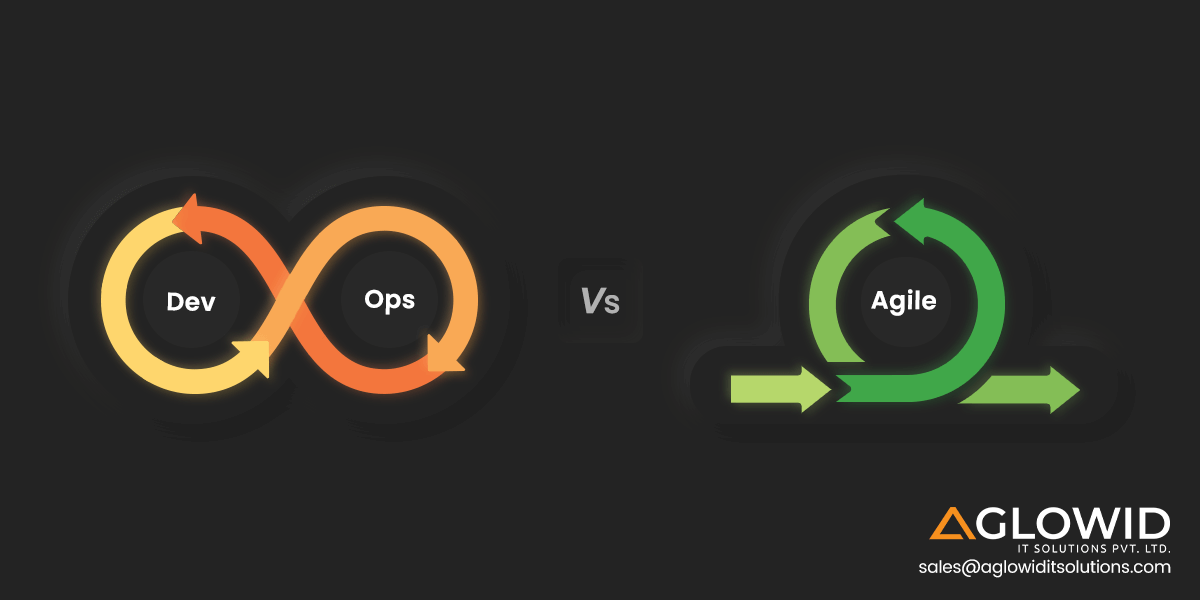
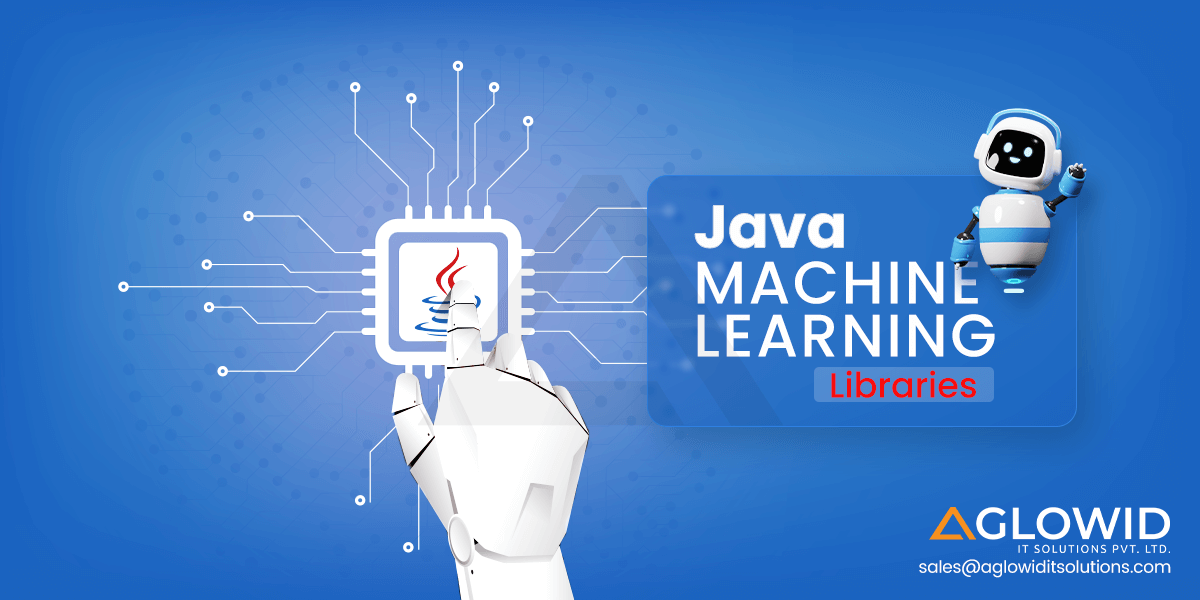
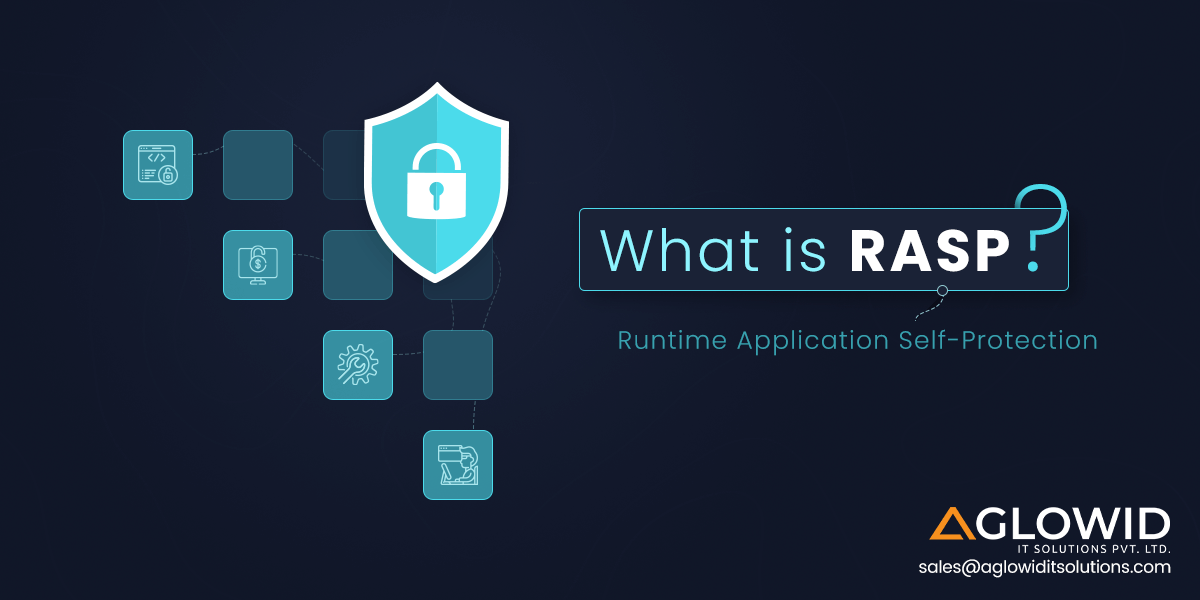
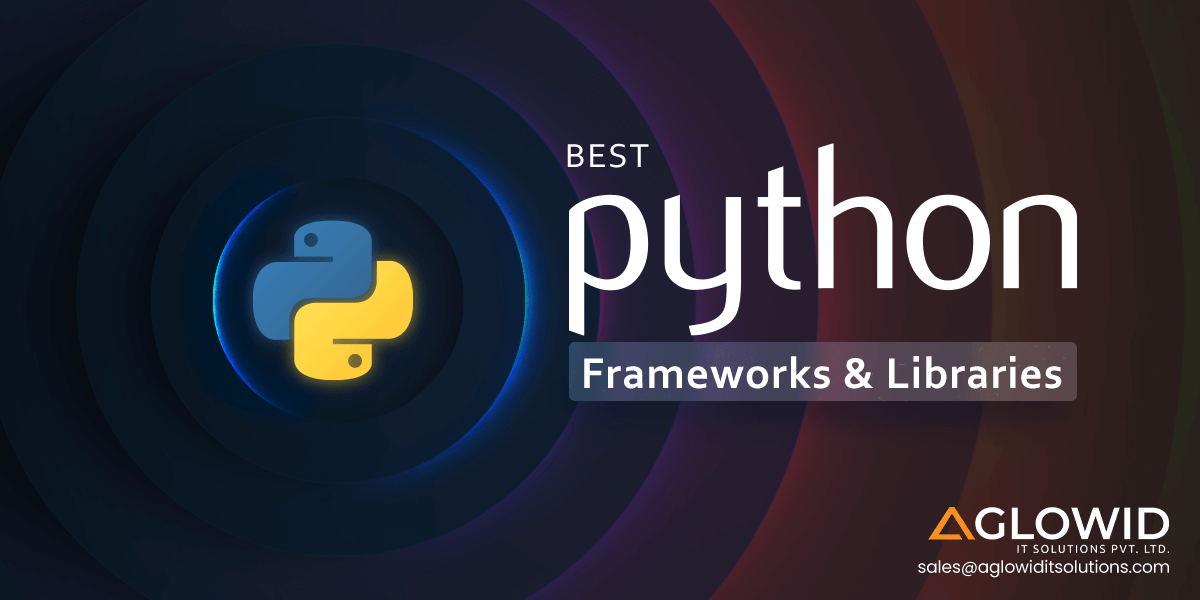

 Say
Say